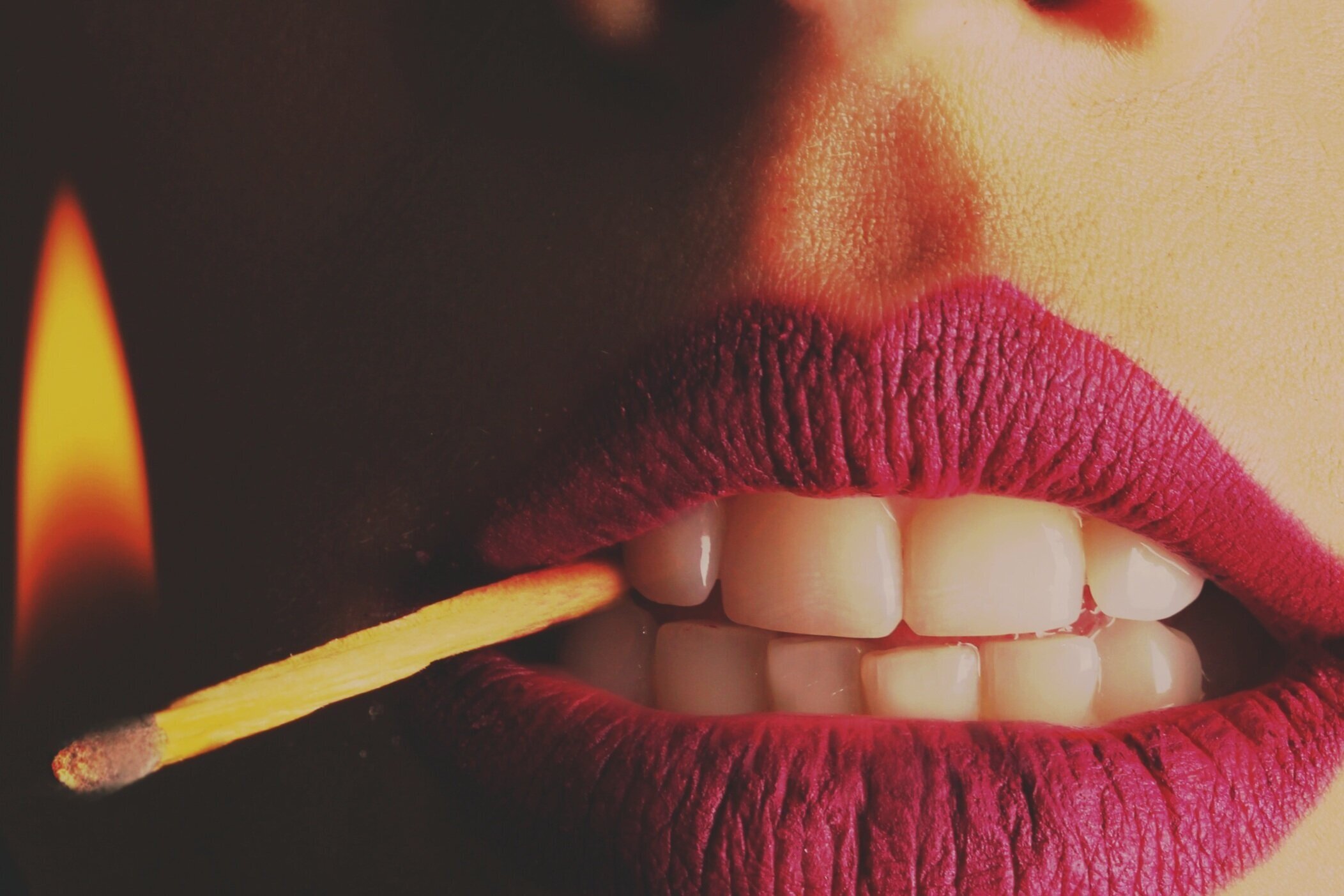Mitigating Risk in Fire Play
Fire Play is a scene involving the use of flammable liquid to create quick flashes of flame on the skin.
This is a form of edge play and should be approached with additional care.
Common Risks of Fire Play:
Skin burns
Uncontrollable spread of fire
Key Requirements of Fire Play:
Fire blanket
Fire extinguisher
Damp towels
Kevlar / fire-safe toys
Moisturiser / lotion
First aid kit including burn gel
Spotters
Things to Consider During Fire Play
Tie your hair back before you play with fire
Whether you’re the Top or bottom in fire play, one of the last things anyone wants to see is an unexpected Michael Jackson impersonation - but it happens. Hair is flammable, and it can spread quickly - ensure long hair is tied back, beards are kept out of the way with a braid or flame-retardant gel, and body hair is cleared from the area.
Avoid using perfume/cologne/hairspray before fire play
Using flammable products before a fire play scene is a no-no. Perfumes, colognes, hairsprays, deodorants etc. are alcohol-based, and a lick of flame can very quickly spread on an affected area.
Don't attempt fire play on/near soft furnishings
It may seem obvious, but fire play isn’t just risky for those directly involved; fire whipping or flash paper can easily catch on close-by furnishings, and most soft furnishings are quick to go up in a blaze of glory. Ensure that your area is clear of anything that could be a fire hazard.
Know how to use a whip before trying fire whipping
If you’re going to attempt a fire whipping, one thing to be very mindful of is just how dangerous a whip can be in the hands of an untrained person, and that’s before setting fire to it. Familiarise yourself with how to handle a whip on another person before attempting to go one step further.
Stay hydrated during fire play
Fire sucks moisture; ensure that you are thoroughly hydrated before playing bottom for any fire activity - you will find that your skin dries out and can potentially blister, crack, and peel. It’s not necessarily a burn that will cause skin damage; fissured and dehydrated skin is a common side effect of heat proximity.
Use lotion after fire play. Lots and lots of lotion
After the scene is over, it’s critical you look after the affected skin to prevent latter stages of healing causing damage. Use a good quality, unperfumed lotion or moisturiser, and ask your aftercare provider to help if it’s an area you can’t reach.
Have a spotter on-hand during fire play
Often, scenes are a very personal experience, but it’s commonplace for high-risk scenes to involve ‘spotters’. These people tend to be outside the scene, but are responsible for keeping an eye on the activities to ensure nothing is going awry. Often seen in suspension or cell-popping scenes, or simply as a chaperone for a nervous bottom, spotters are crucial in fire play as the ones watching for any unwitting spread of flames. They’ll often step in to move candles, or call attention to a loose ponytail, but are otherwise unobtrusive to the scene itself. They’re also often the first people to grab an extinguisher if the scene goes really wrong.
Relax and respect fire
If you’re at all nervous about involving naked flame in a scene - Don’t do it. Fire is an uncaring play partner, and will burn out of control if you let it. Whilst sitting near a roaring fire on a cold night might seem like a cosy idea, getting intimate with fire isn’t the same. It's dangerous, and it can be deadly.
These considerations are not designed to be advice in how to play safely - they are things to think about prior to engaging in dangerous forms of play.
No matter the precautions you take in this kind of activity, you cannot guarantee the safety of those involved. Approach this form of play with extreme caution.

